After the three largest Italian manufacturers that have disappeared we have talked about in recent weeks, namely Innocenti, De Tomaso and Autobianchi, it is time to get to know those companies that are a little smaller but that have given so much to this world. Today is the turn of the Iso Rivolta, a small but tough Lombard house. It started with heating systems and ended up producing GT cars with over 300 HP, passing through the famous Isetta. Welcome back to Auto for Dummies, the Techprincess column that tells you the history of the Italian car, and more. Ready to discover a histrionic and courageous company?
The birth of Iso Rivolta as … a manufacturer of radiators ?!
Let’s start immediately from the genesis of the Iso Rivolta, indeed, of the Isothermos. This was in fact the name of the company at its genesis, in the 1930s. Born in Bolzaneto, in the Val Polcevera near Genoa, Isothermos did not produce cars or other means of transport. As the name implies, in fact, Isothermos was active in heating and air conditioners sector, producing electric heaters and coolers.
After a good commercial start, Isothermos passed into the hands of Renzo Rivolta, a Milanese engineer who decided to invest in the sector with a healthy company in nearby Genoa. In 1940, however, civil production stopped abruptly after Italy entered the war. In addition, during the Second World War the Bolzaneto factory was heavily damaged by Allied bombing.
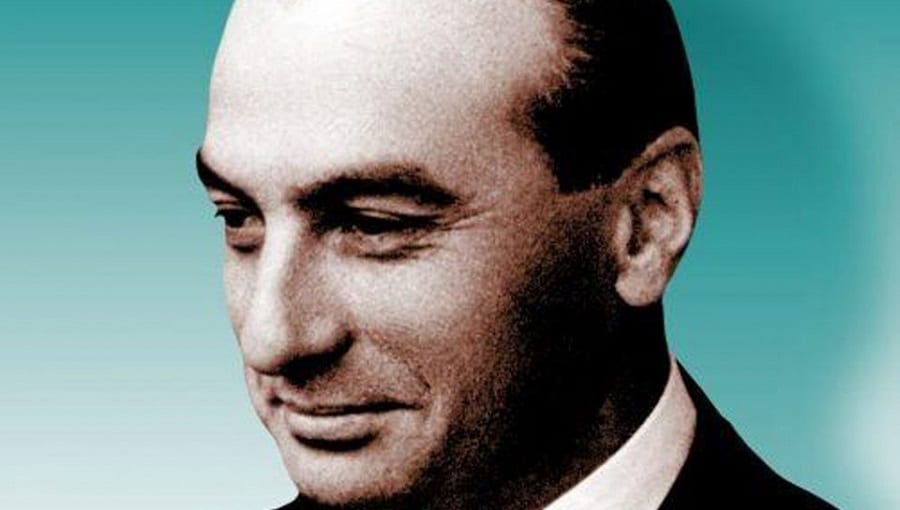
Following the bombing suffered, Rivolta decided to move the Isothermos from Genoa to the nearest one Bresso, on the outskirts of Milan. However, the Isothermos factory in Bresso lacked the machinery used for the production of thermoregulation systems. This gave Rivolta the opportunity to think about the future of his company. Despite the fact that the market for heaters and refrigerators was doing well before the war, in fact, in an Italy devastated by bombings and where it was necessary to start almost from scratch, Isothermos products were not exactly the main thoughts of Italians. For this, Rivolta had a‘lighting similar to that of Innocenti we met last time: focus on the industry of motorcycles.
After the war, motor vehicles: the Isoscooter and the Isomoto are born
In fact, in an Italy that is restarting personal mobility it was finally becoming fundamental. As a result, opportunities for entrepreneurs to take a slice of a market in huge growth like that of motorcycles. In fact, it was in those years that Piaggio’s Vespa, Innocenti’s Lambretta and other scooters and motorcycles capable of powering Italian families at a low price were born.
In such a climate, Rivolta also wants a fetta of this growing market. His Isothermos therefore decided to launch into motorcycle production. Unlike Innocenti, however, Isothermos did not produce means for the war industry. It therefore lacked the know-how to design a motorcycle or scooter from scratch. Revolt thus acquired in 1948 the projects and the small assembly line of Officine Ottavio Quadrio of Milan, a small independent house that had just designed an innovative fairing scooter, the Ferret. Sold with the same name by Isothermos but with its own logos, the Ferretto was the first vehicle produced by the now Milanese company. With him, Isothermos thus began to gain experience and hire top-level engineers.

The Ferretto, very comfortable, easy to drive and state of the art for the time, but its 125 engine was weak. The engine was a determining Achilles heel for its poor commercial success. Rivolta, however, did not give up, and understood the potential of his company. In 1949, alongside the distributed production of heaters and refrigerators, Isothermos launched theIsothermos Iso 125, known as Isoscooter. This light bike was equipped with an original engine with split cylinder, that is, with two pistons that shared the same combustion chamber, capable of compressing an engine with two cylinders into a small displacement, and therefore more power.
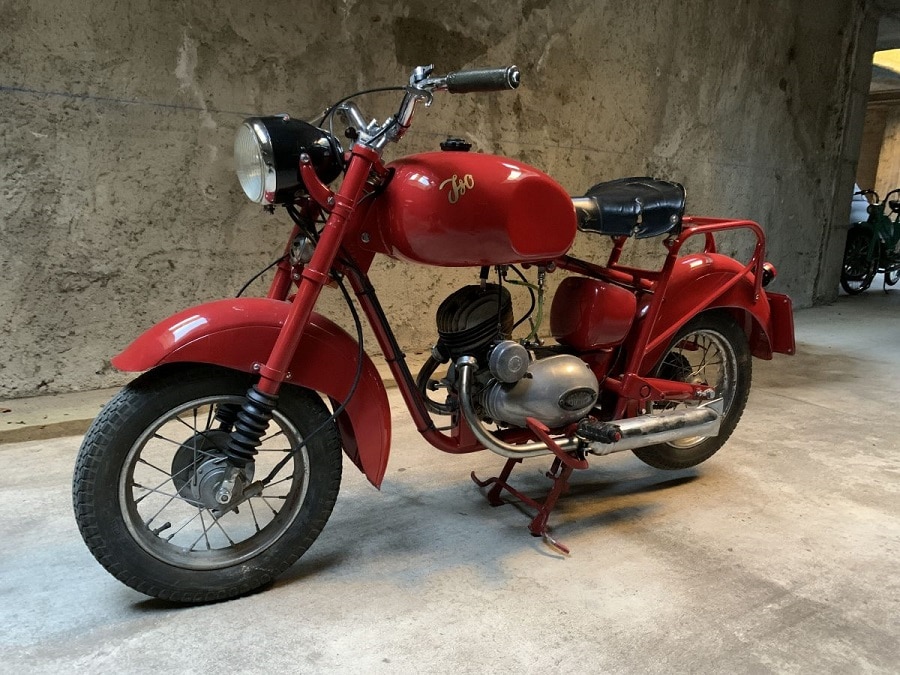
From the base of the Isoscooter, Isothermos also proposed a light motorcycle, the Isomoto. The success of these two models was very important, and convinced Isothermos to launch new models. Thus was born the Isocarro three-wheeler, the Iso GT and the Iso Sport, more performing models than the basic Isomoto. In 1951, given the success of the motorcycle division, Isothermos abandoned the production of heaters and coolers. This laid the foundations for a radical change in the company, which also passed through Name, which passed from Isothermos simply to Iso.
The revolution… made by others: Iso Isetta, flop in Italy and icon with BMW
The new ISO, therefore, launched headlong into the world of two wheels. In fact, the Isomoto 200 was born, a version of the Isomoto with a more powerful 9 HP engine. In the wake of the successes, the 2-stroke engines were joined by the more modern 4-stroke engines, and a moped, the Isociclo, was also born, which, however, had little success.
In 1957, ISO presented a new model, the F / 150, initially developed on behalf of Maserati. The success of this other model gave Renzo Rivolta an idea for his ISO. In fact, Rivolta wanted Iso to do a breakthrough, filling a niche that no one in Italy considered. In Germany, in fact, the Bubblecars became very widespread, cars of very small dimensions and displacement that paid very little taxes and charges, and allowed a roof, seats and doors at a lower price than a “real” car.
Galvanized by this idea, Rivolta was determined to create a motorcycle with a car body. A simple and spartan vehicle, capable of fill the gap between motorcycles and the cheapest car in Italy, the FIAT Topolino. The Topolino, which in itself embodied this spirit of bridge between the car and the motorcycle, was in fact still too expensive for the vast majority of Italians. Renzo Rivolta so he set to work to create a car capable of costing like a motorcycle but offering the comforts of a car. In 1953, Iso changed its name, becoming the Iso Motor vehicles, and Rivolta entrusted the project to two innovative and unconventional engineers: Ermenegildo Preti and Luigi Raggi. Both had very clear ideas about the project: it was necessary to start from living cell. Around this, then, they would build the first Iso car, the Isetta.
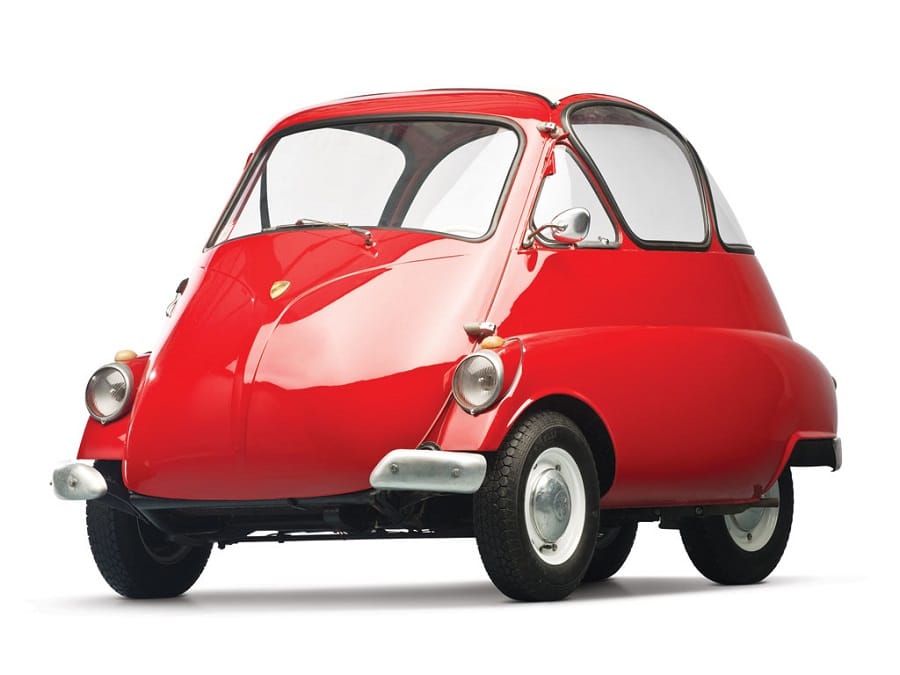
For this the two engineers opted for one absurd, egg shape, wide at the bottom and narrow at the top. Preti’s idea was in fact to create a small bubble to accommodate two passengers, without a trunk or side doors. The chassis was tubular, the rear wheels almost twin and the engine was the 193 cm3 split cylinder of the ISO 200. The greatest peculiarity of the new car, however, was the front. The entire front was in fact the access door: it took up the entire front including headlights, windshield and even the number plate. To allow access to passengers, the steering wheel and steering column were collapsible, and moved together with the tailgate, while the pedals were hinged to the floor, and the gearbox was to the driver’s left.
From flop with ISO to success with BMW
Thus was born the Iso Isetta, one of the strangest and most peculiar cars in history. Launched with great fanfare at the 1953 Turin Motor Show, the Isetta aroused astonishment. A car that, in 2.2 meters, accommodated 2 people comfortably, had a canvas roof that could be opened and reached a good 85 km / h. The real problem with the Isetta, however, was the price. The Topolino, in fact, more suitable for travel and more spacious, cost a little more than the Isetta, which was not priced so low as to convince the population to choose it. Despite the pick-up, box and van versions, the Isetta met with very little success in Italy. In the first year, Iso produced just over 1,000 specimensi. One flop in his homeland for the Milanese microcar, which however changed its destiny to 1954 Geneva Motor Show.

In fact, during the Swiss event, the Isetta was noticed by the leaders of the BMW. The House of Monaco in that edition of the Motor Show presented the 502 V8, an outdated car, full of technologies from the 1930s and having little commercial success. BMW now seemed doomed, unable to sell cars as in the postwar period in a destroyed Germany. In a country on its knees, luxury cars didn’t work, and BMW plunged into a huge economic crisis. In fact, micro-cars were the masters, which thanks to a special license for cars with a displacement below 250 cm3 were accessible even to the humblest workers. Given this innovative and particular project, BMW began negotiations with Iso and Renzo Rivolta to produce the Isetta under license. Rivolta, disappointed by the flop of his car, saw this collaboration with great optimism.
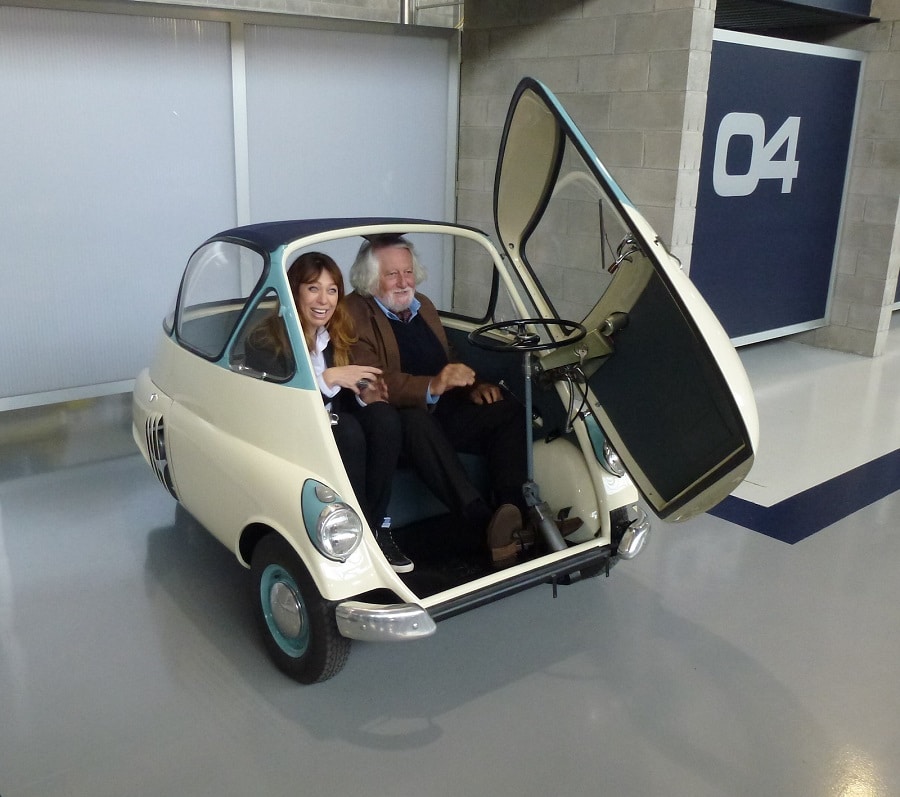
The transfer of the license of one of his creations to an illustrious name like BMW was a reason forpride, for him and for all those who judged the ISO with disdain. At the end of 1954, Iso ceded the rights to BMW, who thus launched the BMW 250. Called the Isetta by all the Germans, the 250 sported a single-cylinder boxer engine of around 13 HP, and different aesthetic details. The recipe, however, was the same, and he managed to revive BMW. Also launched in a version with only three wheels, the BMW Isetta was a success. Also licensed in France, Argentina, Brazil and the UK, the Isetta is still the best-selling single-cylinder car in history, with over 160,000 units sold. Thanks to the Isetta, BMW was able to get back on its feet, and to rebuild the strong and beloved house all over the world we know today.
The change of course: the Iso Rivolta is born, and with it the somewhat American Gran Turismo
The Isetta flop left Iso and its president Renzo Rivolta to one bivio. The original Isetta in fact totaled just over 1,500 units produced. Rivolta therefore realized that it could not compete with FIAT and other giants among micro cars, and even the Iso motorcycles were by now not very popular, dominated by the giants Innocenti and Piaggio. The agreement with BMW and the prestige received from this agreement, however, convinced Rivolta that the ISO had untapped potential.
In 1956, therefore, the ISO stopped the production of the Isetta, and a few months later also thereand motorcycles were shelved. And now, what would ISO have done? The answer is amazing: far from it. Indeed, the ISO changes …






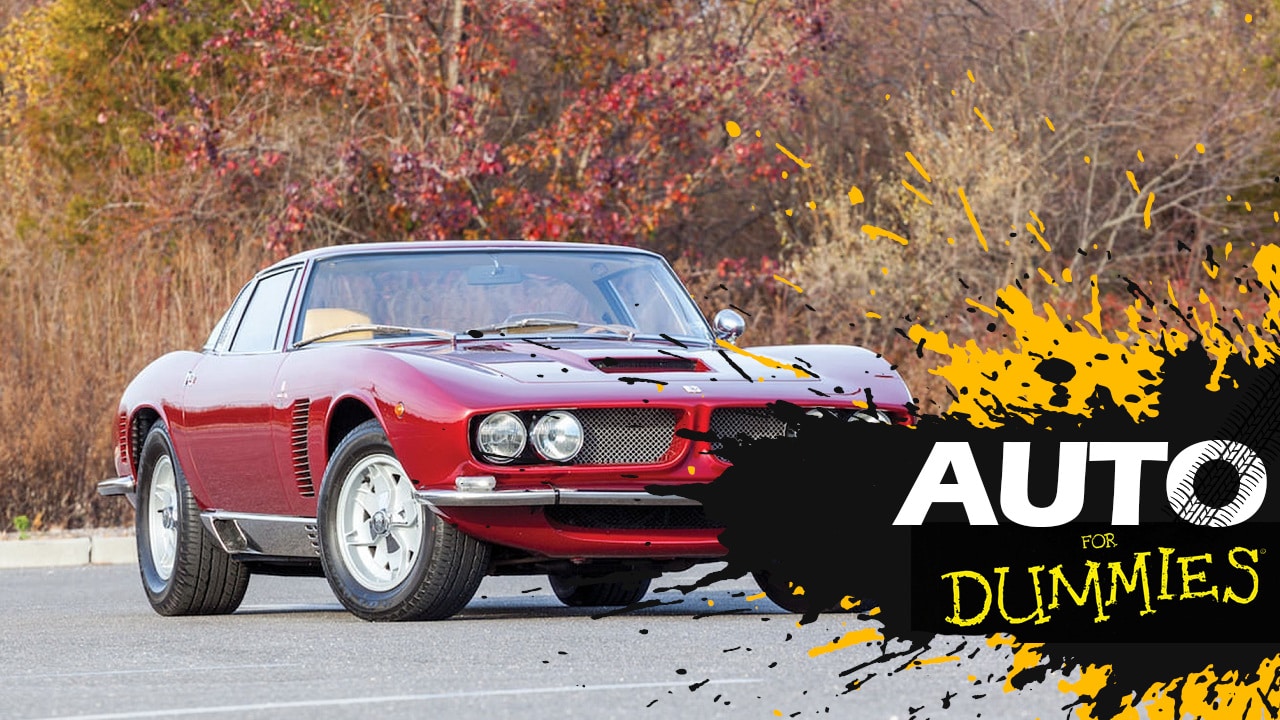





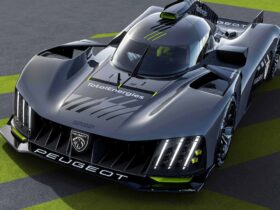
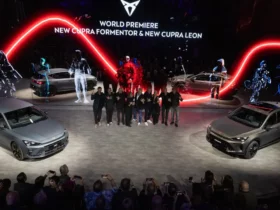


Leave a Reply
View Comments